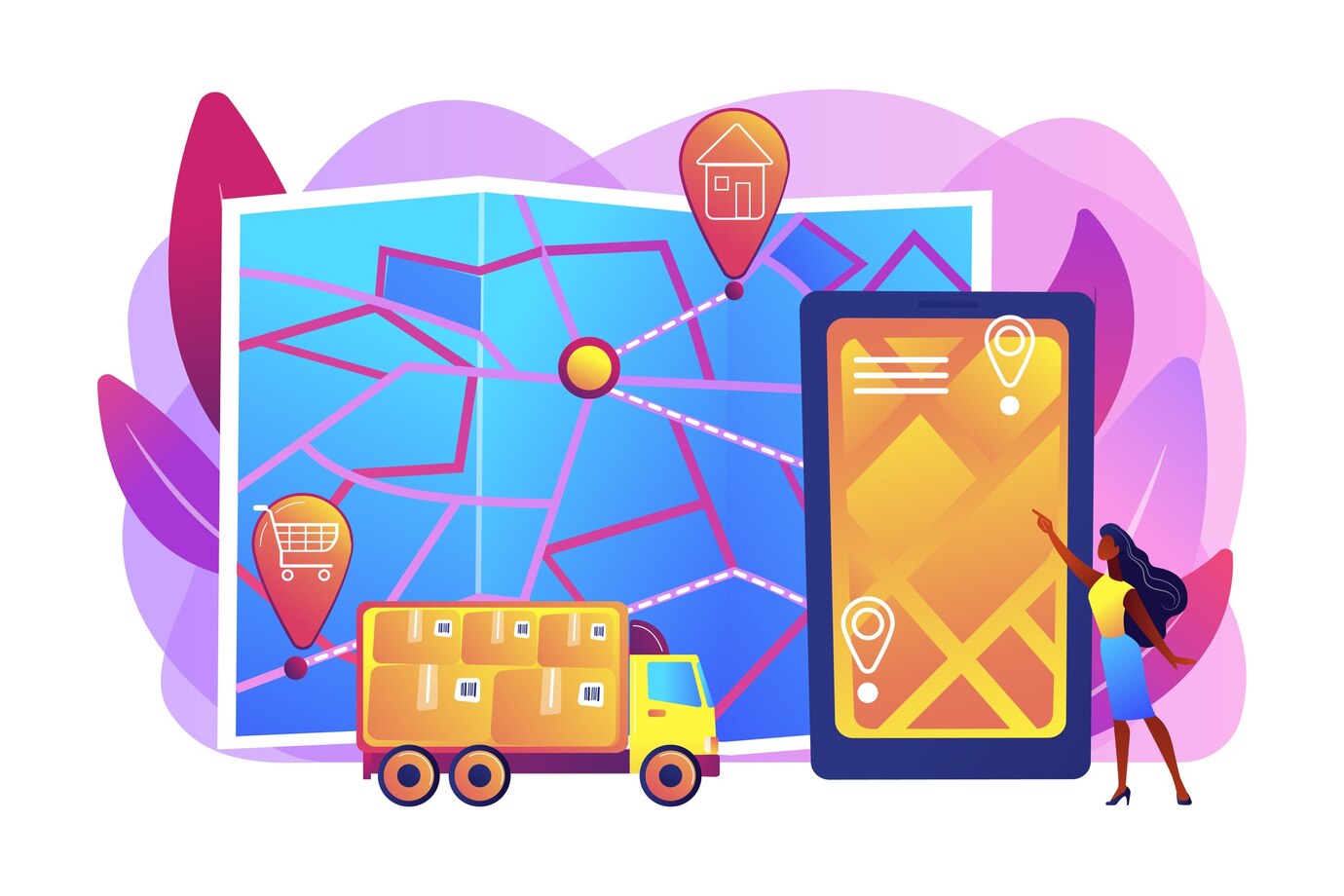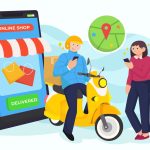
Being unique is crucial for success in the quickly expanding delivery app market. With competitors like Uber Eats, DoorDash, and Grubhub filling the market, your company can gain a competitive edge by offering distinctive value through an innovative, feature-rich, and user-friendly app. This thorough tutorial will show you how to design, develop, and promote a delivery app that attracts users and achieves business objectives, regardless of whether you’re creating an app for grocery delivery, food delivery, or any other on-demand delivery service. If you’re wondering how to build a delivery app, this guide will provide the insights and strategies you need to bring your vision to life.
Understanding the Competitive Market for Delivery Apps
It’s crucial to research customer demand and the competitive environment before developing your delivery app.
Analyze Your Competitors
Identify major players in the delivery app space and analyze their services. Ask the following:
- Which features are they offering?
- What are their pain points as identified through user reviews?
- How can you solve the problems they haven’t addressed?
Gaining knowledge from competitors might help you identify areas for innovation and market gaps that will make your app stand out.
Identify Your Target Audience
Various delivery services target different user groups. Are you resolving the issues of families requesting grocery delivery services or working professionals placing lunch orders? Or are you dealing with the logistics of a small business? Knowing your users guarantees that your app provides the appropriate features at the appropriate moment.
Essential Features for Your Delivery App
User experience, convenience, and flawless service are given top priority in delivery apps that stand out. You should think about adding the following essential functionalities to your delivery app:
1. Intuitive and User-Friendly Interface (UI/UX)
A user interface that is clear, simple, and easy to use can make or break your app’s usability. A subpar UI/UX causes dissatisfaction and app abandonment. Be sure to include:
- Clear call-to-action buttons.
- Easy navigation between product categories.
- Smooth order processing workflows.
- Accessible design for all user demographics.
2. Real-Time GPS and Tracking Features
Users expect transparency and real-time updates about their delivery. Implement real-time GPS tracking to allow users to
- Track delivery routes.
- Estimate the arrival time.
- Receive push notifications regarding delivery updates.
3. Multiple Payment Options
The more flexible your payment solutions are, the better the user experience. Integrate options such as:
- Credit and debit cards.
- Digital wallet options like Apple Pay, PayPal, and Google Pay.
- Subscription-based or cash-on-delivery options, where applicable.
4. Personalized User Experiences
Customization produces loyal customers. Utilize AI and user data to provide customized promotions, saved favorites, and suggestions based on user activity.
5. Advanced Search & Filter Capabilities
Use robust filtering and search tools to help users find the goods or services they require fast. When time is of the essence, users value the convenience of use.
6. Loyalty & Subscription Programs
Rewarding loyal users with discounts, subscription benefits, or free delivery creates long-lasting relationships. Subscription models can provide recurring revenue streams as well.
7. Efficient Delivery Driver Interface
Keep in mind that the user experience depends on delivery drivers. Give delivery workers the tools they need to do their jobs well and deliver on time:
- Route optimization tools.
- Real-time order status updates.
- Communication tools to connect with customers.
8. 24/7 Customer Support
A feature that provides dependable customer service can greatly increase consumer happiness. Include customer support tools like live chat, chatbots driven by AI, and extensive FAQ pages.
How to Build Your Delivery App: A Step-by-Step Approach
It takes careful planning and strategic execution to create a delivery app that stands out. Here are important actions you need to take:
Step 1: Define Your Objectives & App’s Unique Value Proposition (UVP)
Your delivery app must solve real user problems while offering a unique feature or service. Determine:
- Your target market.
- Your business goals.
- Your Unique Value Proposition.
Ask yourself: What can my app offer that competitors can’t?
Step 2: Choose the Right Technology Stack
Choose the right technology to guarantee the app’s efficiency, security, and scalability. The following are the most popular technological platforms for delivery apps:
- Frontend development: React Native, Flutter, or native iOS/Android development.
- Backend development: Node.js, Ruby on Rails, Django.
- Databases: PostgreSQL, MySQL, Firebase.
- Hosting services: AWS, Google Cloud, or Azure.
Step 3: Choose Monetization Strategies
There are several revenue models you can implement:
- Delivery fees.
- Subscription memberships with added perks.
- Ad placements within the app.
- Partner commissions from orders placed on the platform.
Step 4: Hire a Skilled Development Team
A development team with experience in fields including design, user testing, backend integration, and mobile application development is required. Developers, designers, project managers, and UX/UI experts may fall under this category.
Step 5: Build & Test Your App
After development begins, prioritize these testing methodologies:
- Performance testing to check if the app runs smoothly under heavy demand.
- Security testing to ensure sensitive user data remains protected.
- Usability testing to identify navigation challenges for real users.
Step 6: Launch with a Strong Marketing Plan
An app launch without a proper strategy is unlikely to succeed. Use strategies such as:
- Influencer partnerships.
- Social media promotions.
- Discounts or introductory offers to attract first-time users.
- App Store optimization (ASO) and targeted advertising campaigns.
Differentiation Strategies to Make Your App Stand Out
Differentiation is essential in the industry because there are so many delivery applications available. The following are some tactics that you can use:
1. Leverage Emerging Tech
Use blockchain, IoT, and AI technology to create innovative solutions, such as blockchain-secured payment systems or AI-powered route optimization.
2. Offer Unique Delivery Services
Think beyond the delivery of meals and packages. Think about specialized services like drone delivery, quick shipping, or partnerships with nearby companies.
3. Implement Customization Options for Users
Give customers the ability to tailor delivery choices, such as contactless delivery, order preferences, or alerts.
Conclusion
Although the delivery app market is surely competitive, your app can dominate the market with the correct features, design, approach, and user experience. Effective delivery apps emphasize innovation, design, user pain areas, and technology.
With a user-centered approach, cutting-edge technology, and marketing expenditures, you may create an app that not only competes but flourishes. To succeed in the rapidly evolving on-demand delivery market, plan your app strategy now.






Leave a Reply